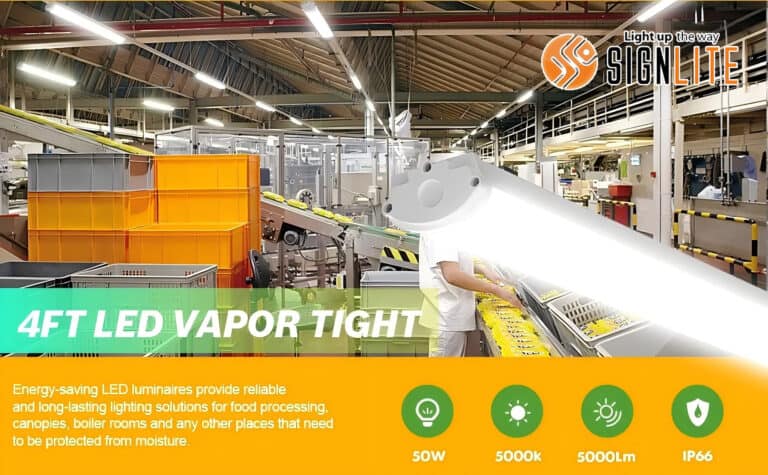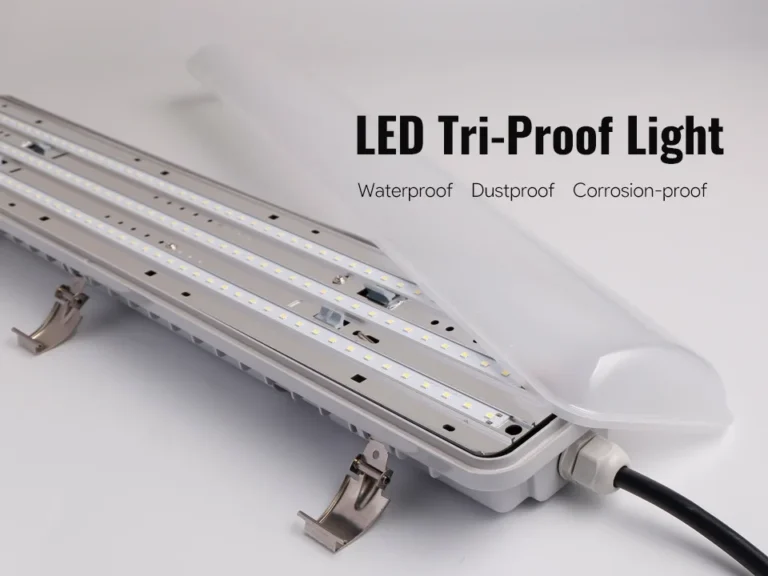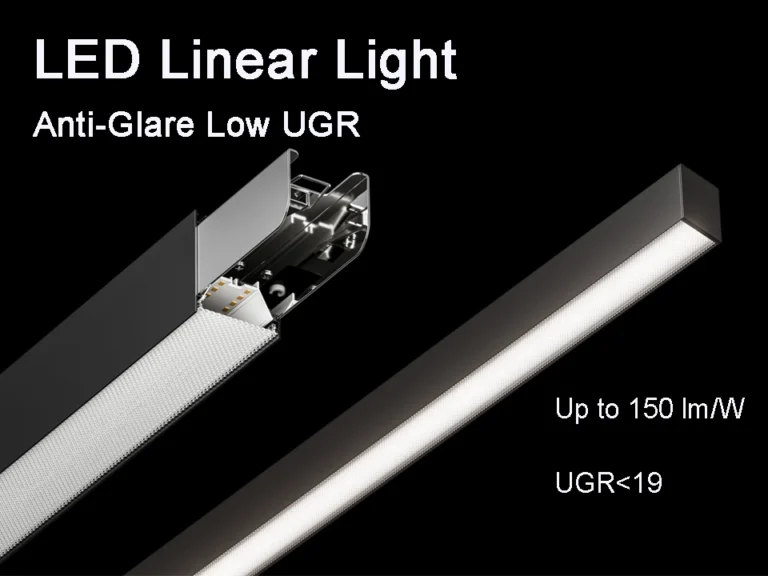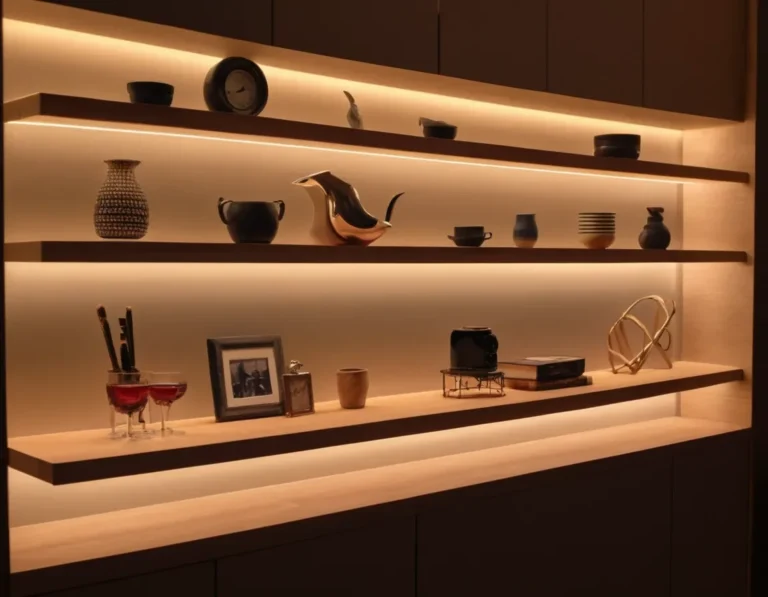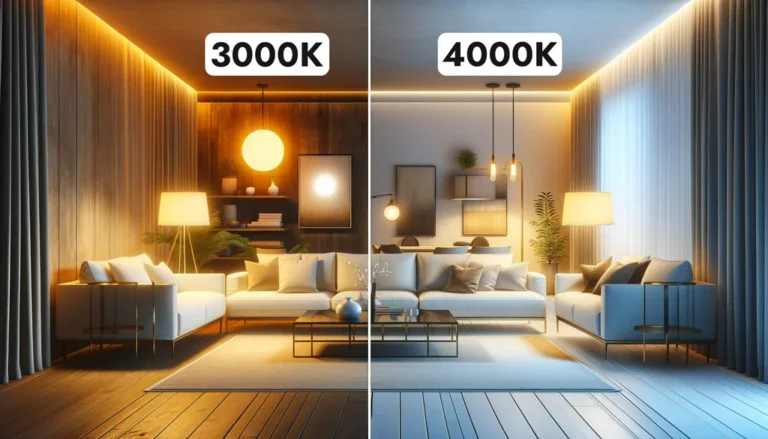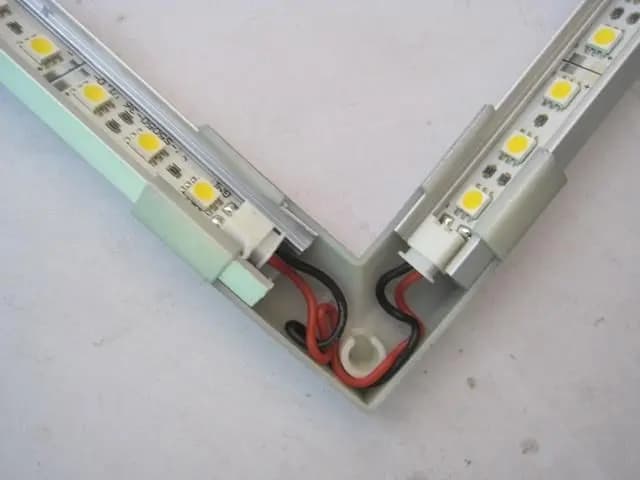LED-Drei-Proof-Leuchten - wasserdicht, staubdicht und korrosionsbeständig - sind für Umgebungen wie Fabriken, Lagerhäuser, Parkplätze, Tunnel und Lebensmittelverarbeitungsanlagen unerlässlich geworden. Ihre robuste Konstruktion sorgt auch unter rauen Bedingungen für eine stabile Lichtleistung. Die Auswahl der falschen LED-Tri-Proof-Leuchte kann jedoch zu kostspieligen Wartungsarbeiten, unzureichender Helligkeit, verkürzter Lebensdauer oder unnötiger Stromverbrauch führen. Um eine optimale Leistung und langfristige Zuverlässigkeit zu erreichen, ist es wichtig, ein Gerät zu wählen, das den spezifischen Anforderungen jeder Installation entspricht. In dieser Anleitung wird erläutert, wie Sie das richtige LED-Drei-Proof-Licht basierend auf IP-Bewertung, Wattzahl und Typ auswählen und Ihnen dabei helfen, die effizienteste und langlebigste Wahl für die Beleuchtung für Industrie- oder Gewerbeflächen zu treffen.
Verstehe was a LED-Tri-Proof-Licht ist und seine Kernfunktionen
Der Begriff „tri-proof“ bezieht sich auf drei wesentliche Schutzmerkmale: wasserdicht, staubdicht und korrosionsbeständig. Ein LED-Drei-Proof-Licht wurde speziell entwickelt, um Feuchtigkeit, Staubpartikeln und chemischen Dämpfen standzuhalten, die herkömmliche Beleuchtungskörper beschädigen können. Sein versiegeltes Design mit langlebigen Gehäusen und Silikondichtungen verhindert das Eindringen von Wasser und Staub und eignet sich daher ideal für anspruchsvolle Umgebungen wie Fabriken, Tunnel oder Parkplätze.
Über den Schutz hinaus besteht die Kernfunktion eines LED-Tri-Proof-Lichts darin, in Bereichen, die Feuchtigkeit, Schmutz oder Korrosion ausgesetzt sind, eine konsistente, energieeffiziente Beleuchtung zu gewährleisten. Mit hoher Lichteffizienz und langer Lebensdauer sorgt es für zuverlässige Leistung und reduzierte Wartungsfrequenz und sorgt für die Aufrechterhaltung der Produktivität und Sicherheit in Industrie- und Gewerberäumen.
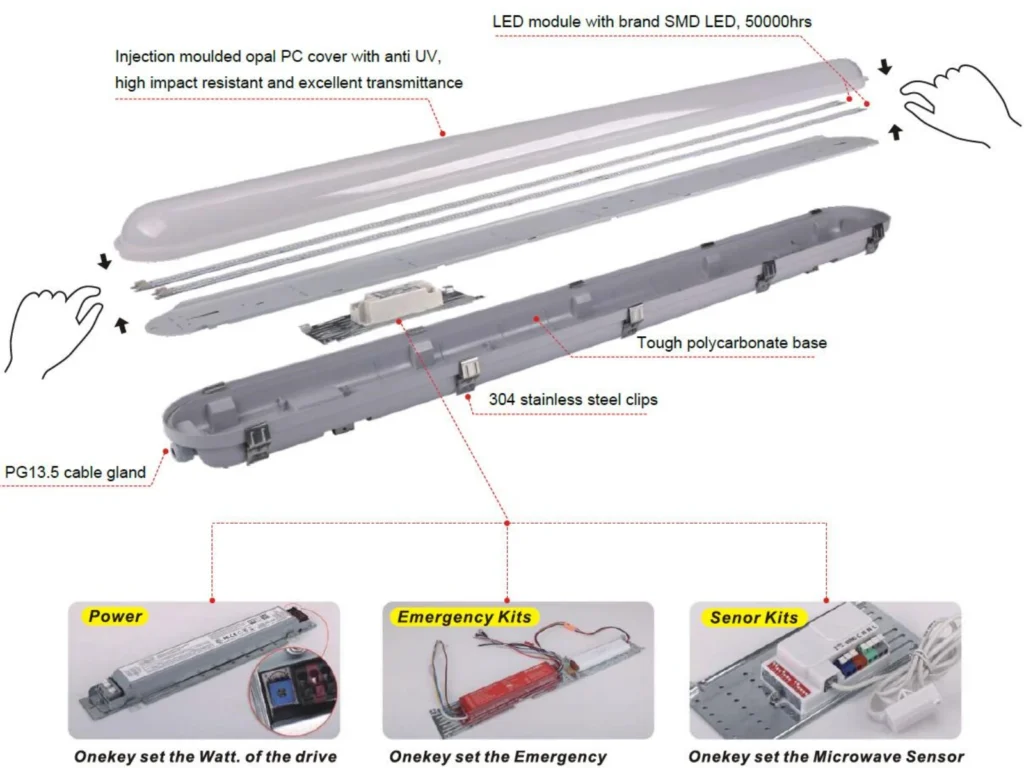
IP-Bewertung: Wie wasserdicht und staubdicht brauchen Sie wirklich?
Was ist IP-Bewertung?
Die IP-Bewertung (Ingress Protection) misst, wie gut eine Beleuchtung gegen Staub und Wassereindringen widerstandsfähig ist. Es besteht aus zwei Ziffern: Die erste zeigt den Schutz gegen Feststoffe (wie Staub) an und die zweite zeigt den Schutz gegen Flüssigkeiten. Zu den gängigen LED-Drei-Proof-Lichtleistungen gehört IP65, das gegen Niederdruckwasserstrahlen und Staub beständig ist; IP66, das einen stärkeren Wasserschutz bietet; und IP69K, das höchste Niveau, das für Hochtemperatur- und Hochdruckwasserreinigung in Umgebungen wie Lebensmittelverarbeitungsanlagen ausgelegt ist.
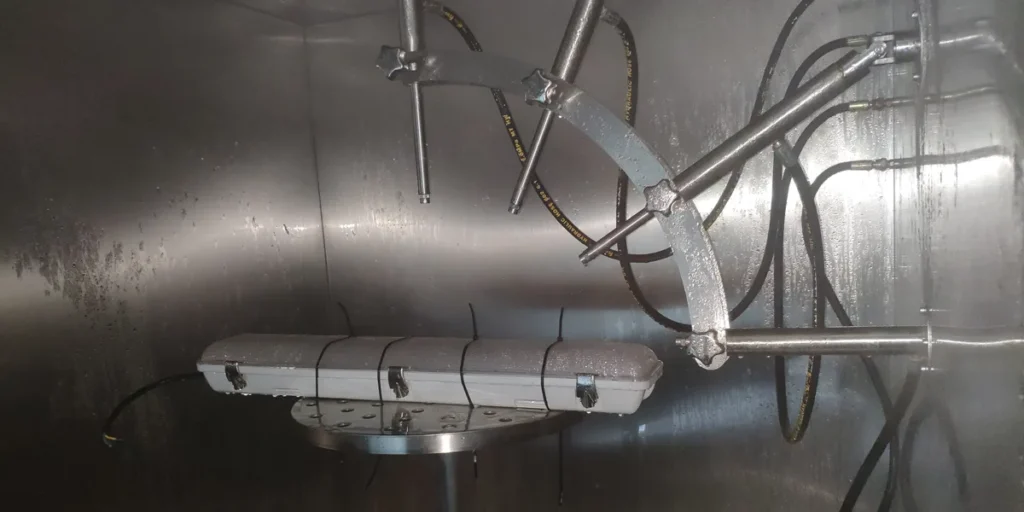
Gemeinsame Einkaufsherausforderungen
Eine der größten Herausforderungen bei der Auswahl eines LED-Tri-Proof-Lichts ist die Bestimmung, welche IP-Bewertung wirklich benötigt wird. Eine zu niedrige Bewertung kann zu Produktfehlern, Korrosion oder häufiger Wartung führen, während die Wahl eines unnötig hohen IP-Wertes die Kaufkosten erhöhen kann, ohne einen echten Mehrwert zu erzielen. Der Ausgleich des Schutzniveaus mit der Projektumgebung ist der Schlüssel zu einer kostengünstigen Beleuchtung.
Empfohlene IP-Bewertungen für verschiedene Anwendungen
Im Allgemeinen benötigen trockene Innenbereiche nur Schutz nach IP65, während feuchte oder Außenumgebungen höhere Bewertungen erfordern. Die folgende Tabelle fasst typische Anwendungen und geeignete IP-Ebenen zusammen:
| Anmeldung | Empfohlene IP-Be |
| Lager / Parkhaus | IP65 |
| Tunnel-/Autowaschbereich | IP66 |
| Lebensmittelverarbeitungsanlage | IP69K |
| Außenindustrie-Standort | IP66–IP69K |
Watt und Lichtausbeute: Balance zwischen Leistung und Leistung
Wattzahl – Auswahl der richtigen Leistung
Viele Benutzer sind sich nicht sicher, wie sie die richtige Leistung für ihre LED-Tri-Proof-Leuchten auswählen sollen. Die richtige Leistungsstufe hängt von mehreren Faktoren ab, einschließlich der Installationshöhe, der Abdeckungsfläche und der erforderlichen Helligkeit. Beispielsweise kann eine 40-W-Fassung für einen Korridor oder Parkplatz ausreichen, während ein Lager mit höheren Decken möglicherweise 60 W oder mehr benötigt, um eine gleichmäßige Beleuchtung zu erreichen. Lichtdesign-Software wie Dialux kann dazu beitragen, reale Projektbedingungen zu simulieren und sicherzustellen, dass jeder Bereich die optimale Helligkeit ohne Energieverschwendung oder dunkle Flecken erhält.
Effizienz - Gleiche Leistung, aber viel heller
Es ist üblich, dass zwei LED-Tri-Proof-Leuchten mit derselben Leistung sehr unterschiedliche Helligkeitsstufen haben können. Der Schlüssel liegt in der Lichtausbeute, gemessen in Lumen pro Watt (lm/W). Eine Leuchte mit höherer Lichtausbeute wandelt mehr Strom in Licht anstelle von Wärme um und bietet mehr Helligkeit und Energieeinsparung. Die Wahl von hocheffizienten LED-Tri-Proof-Leuchten reduziert nicht nur die Stromrechnung, sondern minimiert auch die Wartung und verbessert die langfristige Leistung in industriellen und kommerziellen Umgebungen.
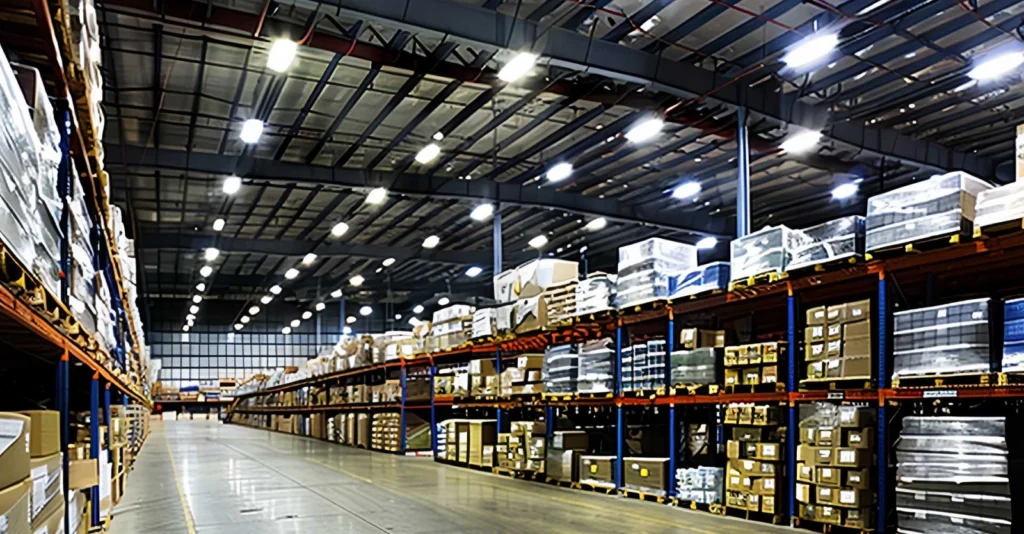
Typ: Integriert, Split oder Form
Der Markt bietet verschiedene Arten von LED-Tri-Proof-Leuchten an, die jeweils unterschiedlichen Umwelt- und Budgetanforderungen entsprechen. Während ihre Kernfunktionen - Wasserdichtigkeit, Staubdichtung und Korrosionsbeständigkeit - im Allgemeinen ähnlich sind, kann die Auswahl des richtigen Typs einen großen Unterschied in Bezug auf die Installationskomfort, die Haltbarkeit und die Wartungskosten bewirken.
Integriertes LED-Tri-Proof-Licht
Ein integriertes Tri-Proof-Licht verfügt über eine vollständig abgedichtete Struktur, in der die LED-Chips, der Treiber und das Gehäuse zu einer Einheit kombiniert werden. Dieses Design bietet überlegenen Schutz vor Feuchtigkeit und Staub und sorgt für zuverlässige Leistung unter rauen Bedingungen. Integrierte Modelle sind ideal für Umgebungen wie Autowaschstationen, Kühlräume oder Tunnel, in denen eine ständige Exposition gegenüber Feuchtigkeit und Temperaturänderungen maximale Haltbarkeit erfordert.
Split-LED-Drei-Proof-Licht
Ein geteiltes Tri-Proof-Licht trennt das Gehäuse und die interne Lichtquelle, die ein austauschbares LED-Röhrchen oder ein Linearmodul sein kann. Diese Struktur ermöglicht eine einfachere Wartung und geringere Austauschkosten, wenn eine Komponente ausfällt. Obwohl das wasserdichte Niveau etwas niedriger ist als das integrierte, bietet es eine kostengünstigere Lösung für Anwendungen wie Werkstätten, Lager oder Parkplätze, wo die Bedingungen weniger extrem sind, aber dennoch die Zuverlässigkeit von wesentlicher Bedeutung ist.
Form- oder runde LED-Tri-Proof-Leuchte
Für Projekte, die ein unverwechselbares Erscheinungsbild oder eine spezifische Lichtverteilung erfordern, werden häufig geformte dreisichere Leuchten - wie runde LED-Tri-Proof-Leuchten - verwendet. Ihr einzigartiges Design passt zu Nutztierfarmen, Lebensmittelpflanzen oder dekorativen Industriegebieten, wo sowohl Ästhetik als auch Leistung wichtig sind. Diese Leuchten kombinieren Schutz mit einem stilvollen Look und erweitern das Spektrum der Tri-Proof-Anwendungen über die Standard-Linear-Designs hinaus.
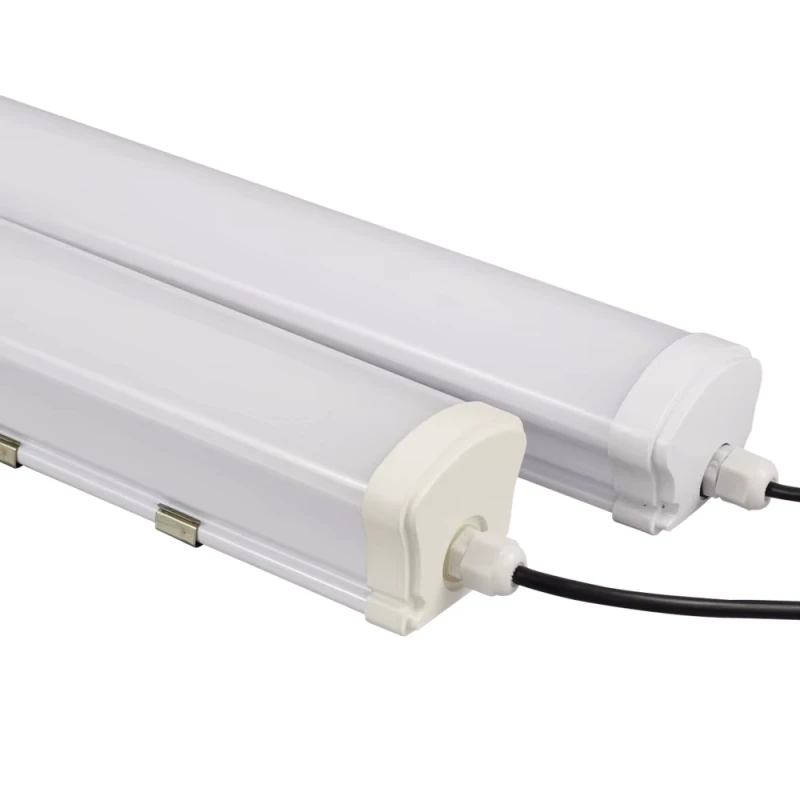
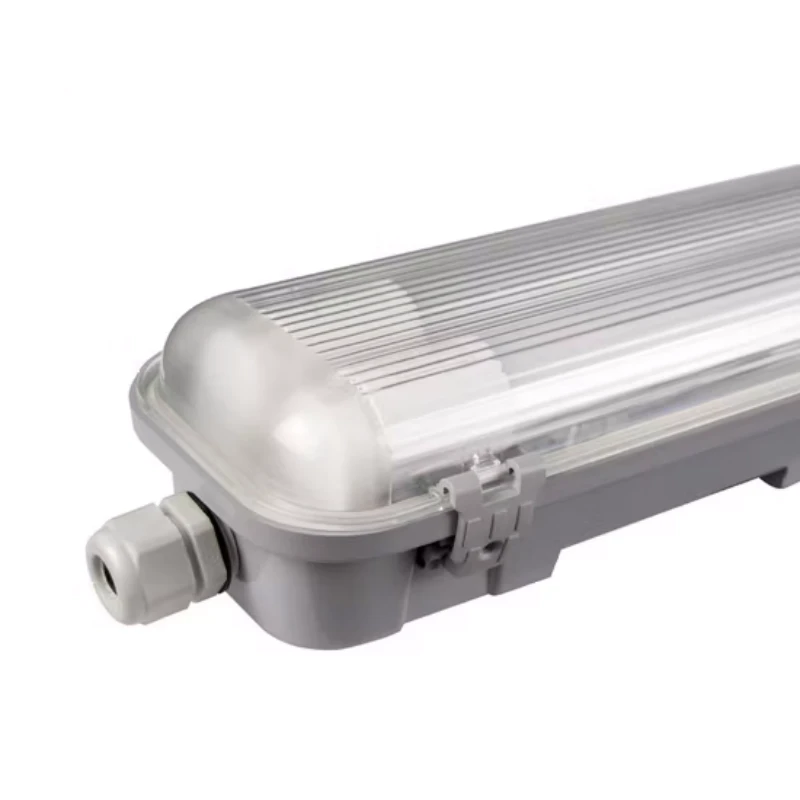
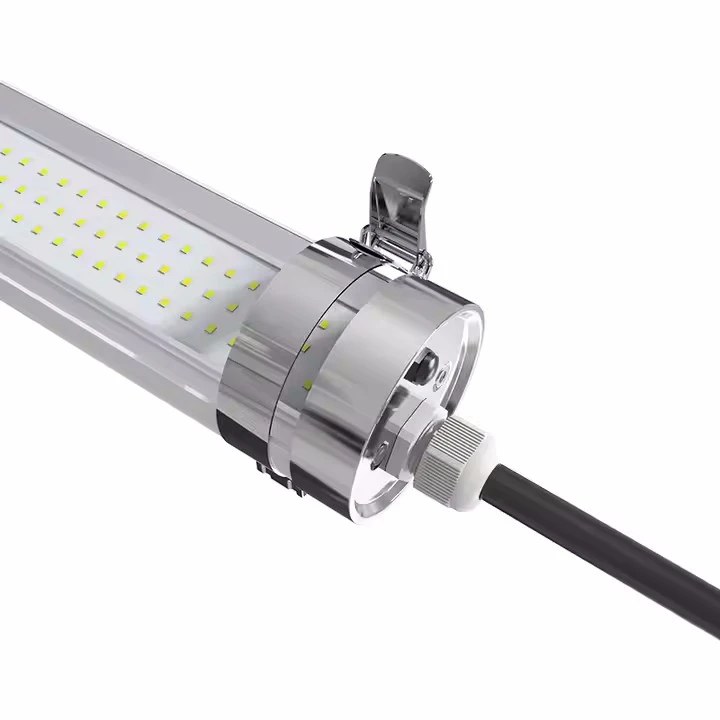
Andere Schlüsselfaktoren: Material, Farbtemperatur, Installationsmethode und Flexibilität
Material: Aluminiumgehäuse bietet eine bessere Wärmeableitung und eine längere Lebensdauer, während PC- oder ABS-Materialien ein geringeres Gewicht und geringere Kosten bieten.
Farbtemperatur: 4000K neutrales Weiß ist für Arbeitsbereiche geeignet, während 5000–6500K eine höhere Helligkeit für Industrie- oder Außenbereiche bieten.
Installationsmethode: LED-Tri-Proof-Leuchten können je nach Deckenhöhe und Anordnung auf der Decke montiert, abgehängt oder verklinkbar sein.
Flexibilität bei der Installation: Modulare Konstruktionen und Schnellverbinder vereinfachen die Verkabelung (Daisy Chain), was die Installation oder den Austausch von Leuchten in Großprojekten erleichtert.
Abschluss
Die Wahl des richtigen LED-Drei-Proof-Lichts erfordert eine sorgfältige Prüfung der IP-Bewertung, der Wattzahl, der Größe und des Typs, um Haltbarkeit, Energieeffizienz und optimale Lichtleistung zu gewährleisten. Die richtige Leuchte reduziert nicht nur Wartungs- und Energiekosten, sondern garantiert auch langfristige Zuverlässigkeit in anspruchsvollen Industrie- oder Gewerbeumgebungen.
SignliteLED Konzentriert sich auf die Herstellung hochwertiger LED-Tri-Proof-Leuchten für raue Bedingungen. Wir bieten maßgeschneiderte Beleuchtungslösungen basierend auf Ihren spezifischen Projektanforderungen, einschließlich DIALux-Simulationsberichten, maßgeschneiderten optischen Spektren und professioneller Installationsberatung. Ob Fabriken, Lager oder Kühlräume, Signlited bietet eine langlebige und effiziente, tri-proof-Beleuchtung, die den internationalen Standards entspricht. Kontaktieren Sie uns noch heute, um Ihre Projektanforderungen zu besprechen.
